Choices, choices, choices…….
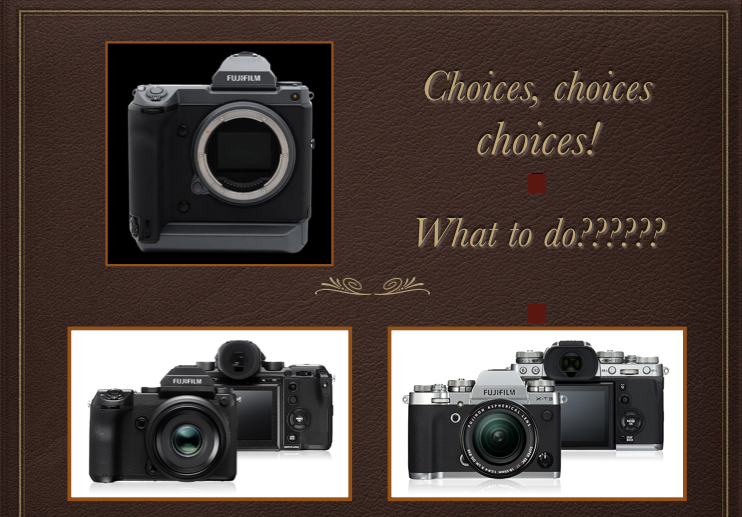
From the beginning of the digital age we have been on a quest for more resolution! Why? In the early years it was simple, digital could not be taken seriously until it was as capable as film. Some early predictions were that it would take 25 mega pixels to accomplish that. By the time cameras reached 12 mega pixels it was clear that the dye was set. At around 24 mega pixels we had almost more resolution than we could ever need. So then it was 36 megapixels, then 42 mega pixels, then 50 mega pixels and now for the first time Fujifilm is offering a 100 + mega pixel camera for less than $10,000.
The question is; if you are a self respecting, serious or even pro photographer, how far up the mega pixel scale do you need to go??? I am going to answer this question for myself and hopefully it will give you some ideas about your own choices. I will say that this is just my thinking based on the way I work and what I do with my work.
I am a photo generalist; I shoot mostly for the sheer thrill of doing it. I have been professional photographer in the sports arena, medical, travel, newspaper and magazine photojournalist, landscape, nature and close-up photographer. I teach workshops and have had over 7,000 students. I wrote about photography and faith, and have published 5 coffee table books, and over a dozen eBooks.
I want explore this comparison in terms of three factors: ADVANTAGE, COST, and UTILIZATION.
(1) Advantage: The Fujifilm GFX 100 is clearly the most capable camera ever produced. (period) Highest resolution, image stabilized, high frame rate and a world class viewfinder all in a body about the size of a Nikon D5!!!! In second place is the GFX 50s and 50R, less resolution but still a ton. Half the resolution but less than half the price. The X-T3 is one of the finest 24/26 mega pixel cameras on the market, with world class video capability at a bargain price.
(2) Cost: Simple; the GFX 100 is just a dollar or two shoot of ten grand. The GFX 50S and 50R are $5,500 and $4,00 respectively. the X-T3 comes in at $1,500. You know how much you need and what you will be buying and what you can afford, it’s just that simple.
(3) Utilization: If you need 100 mega pixel and it can work for you financially, then you know what you have to do. If you need a larger amount of mega pixels but can’t afford a GFX 100 then the GFX 50S or 50R is your ticket to ride. If something around 26 mega pixels is all you need and you enjoy lenses that cost half or less than the GFX lenses you’ve found your sweet spot in the X-T3. I have made 4′ X 6′ (that’s feet) prints from the X-T2 (24 mega pixels) !!! Do they look as good as they would from a GFX 100? Of course not, but at reasonable viewing distances, they look very good indeed, no one ever complains!
Bottom Line: Once again; While I find the Fujifilm 50 and 100 mega pixel cameras to be phenomenal, I don’t want to carry their weight, (both cameras and lenses), and I like the broader range of lenses available for the X-System cameras. For the kind of work I do the X-System is my cup of tea. If you need more, thank goodness Fujifilm has provided us great tools at very reasonable prices considering their capabilities! The choice is yours and it is good to have options!!!
This is what I do and the X-System does not let me down in any way!
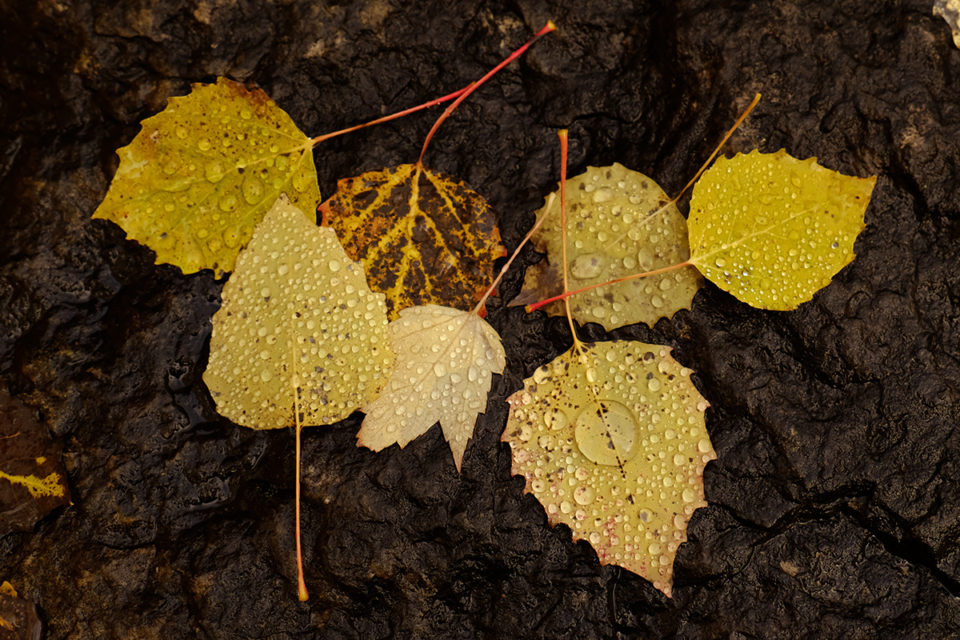
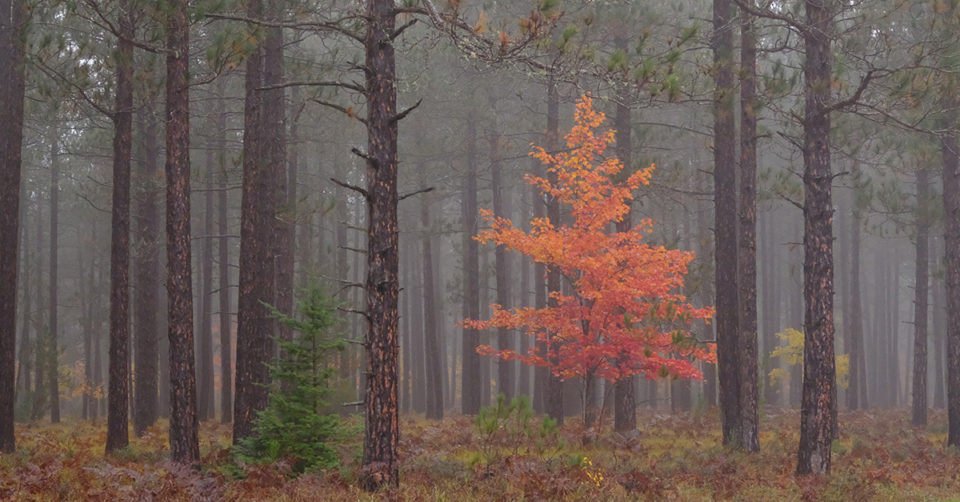
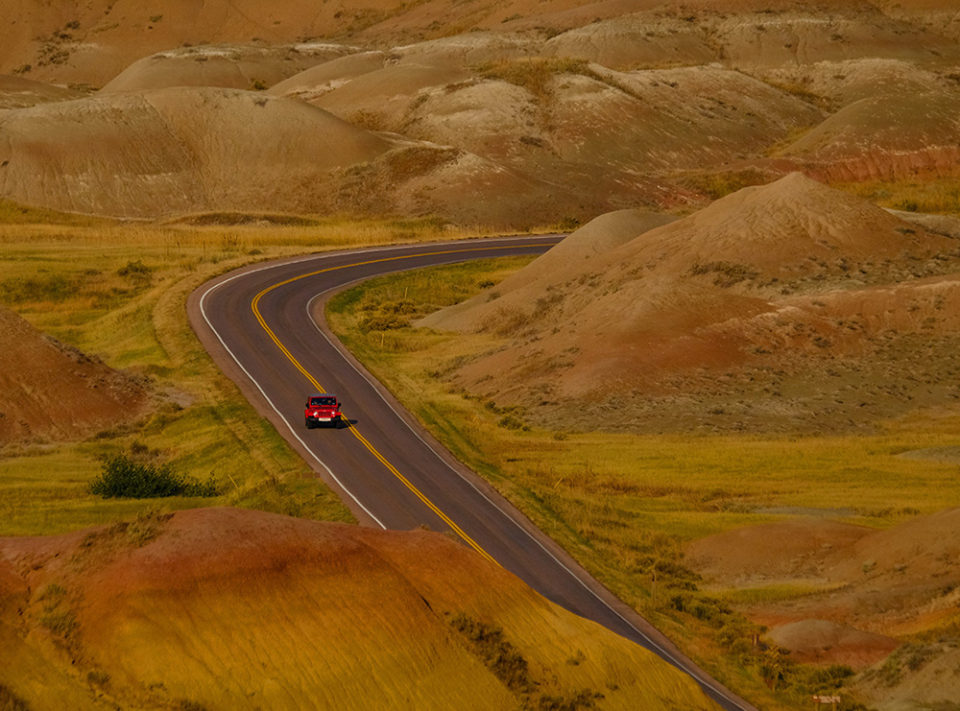
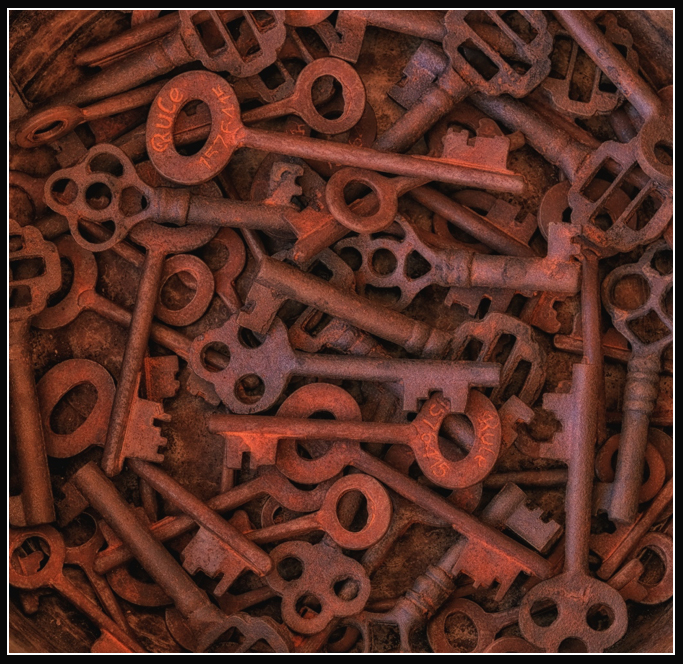

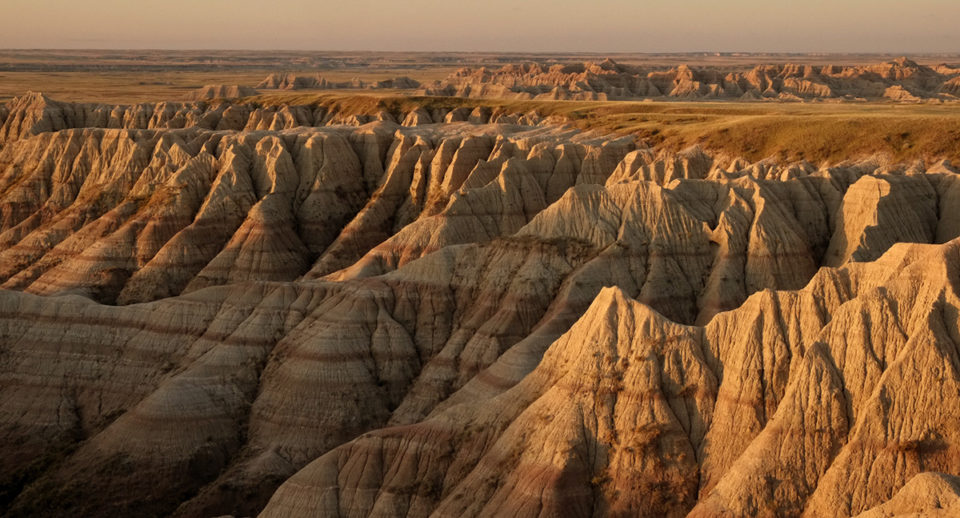
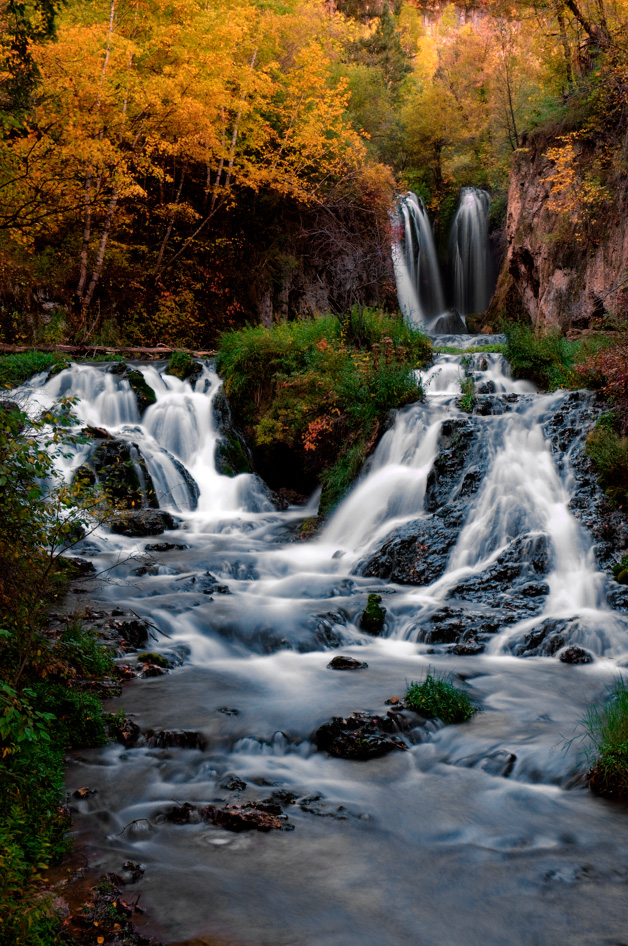
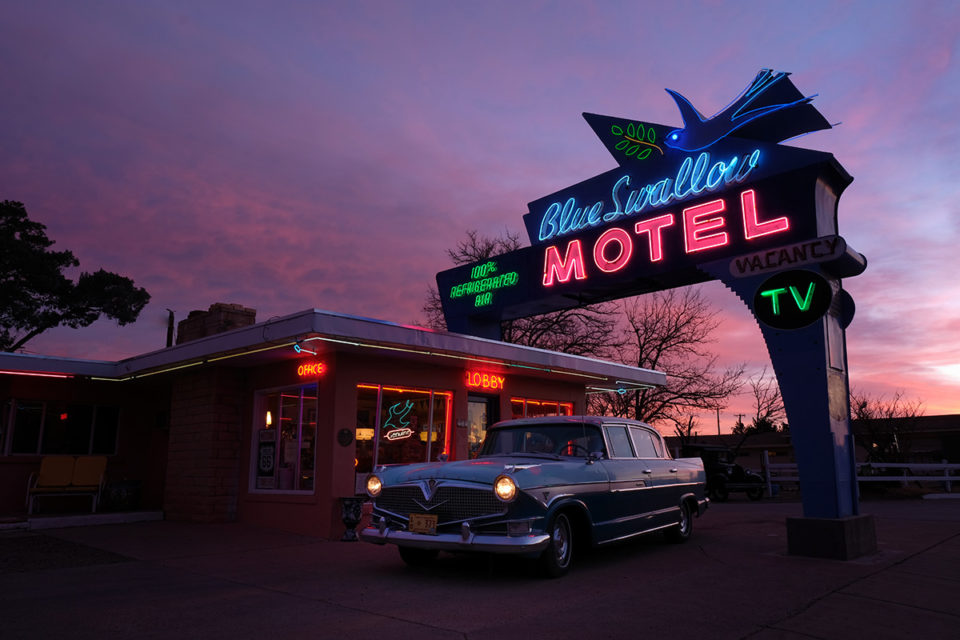
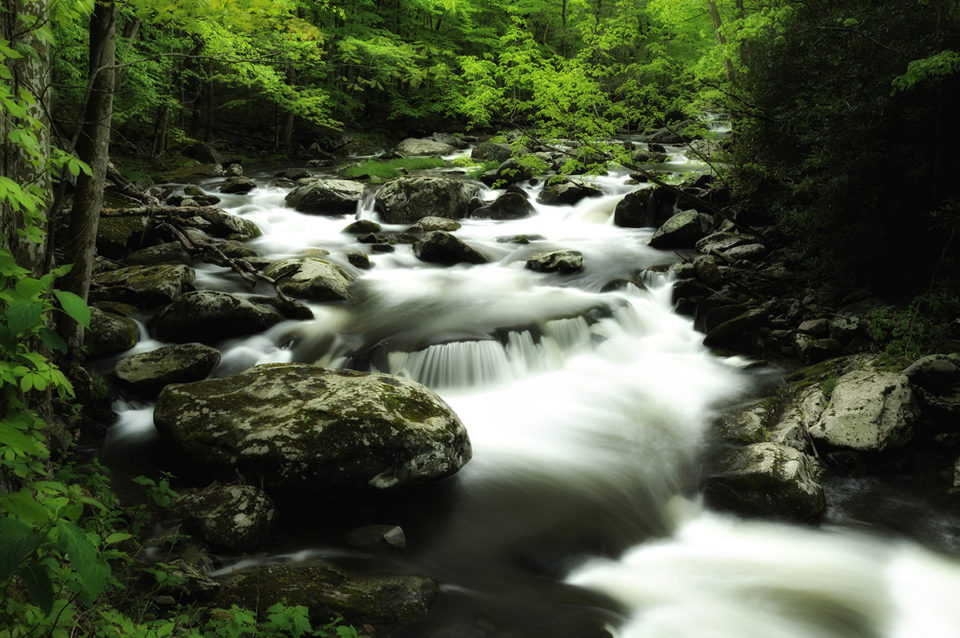

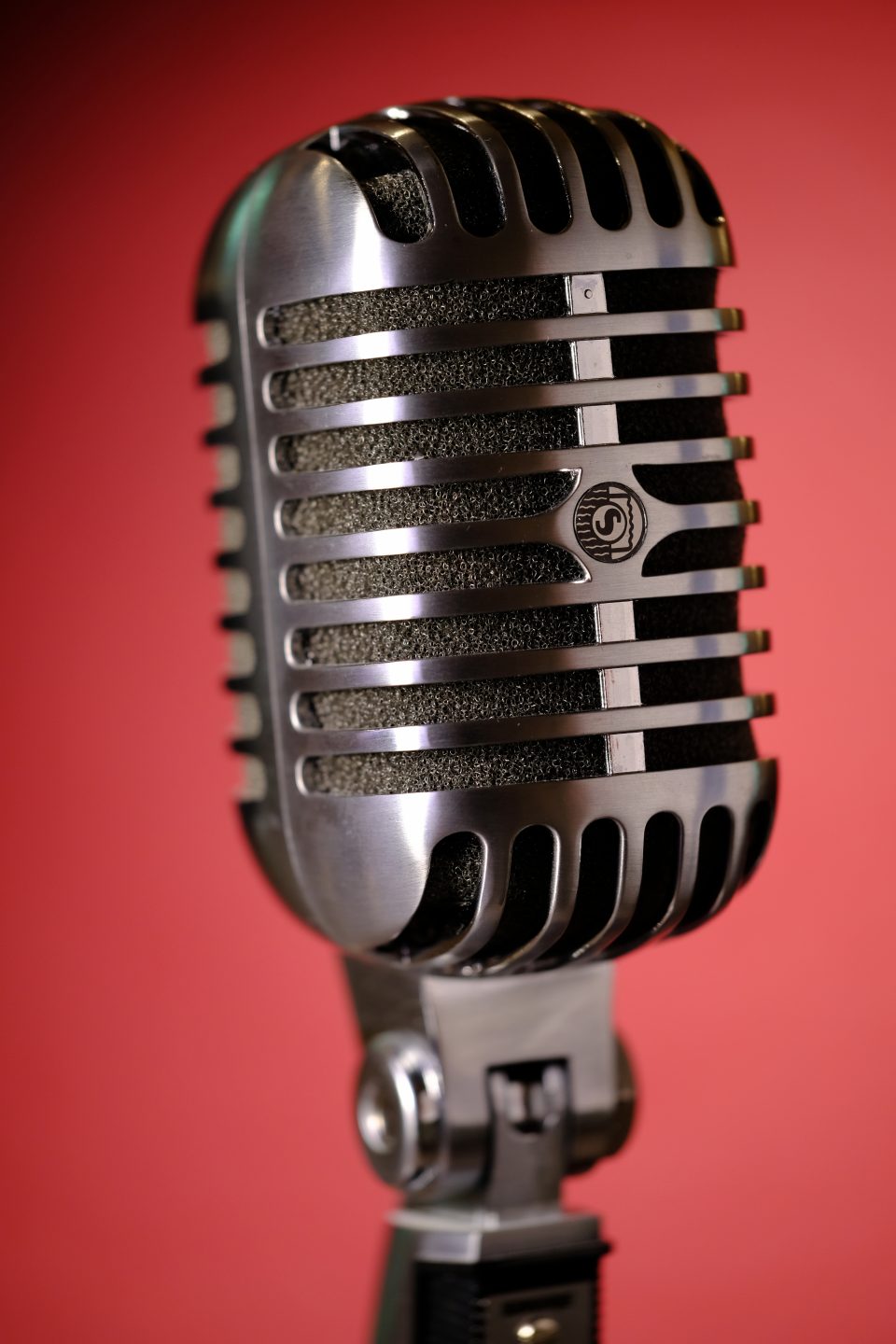

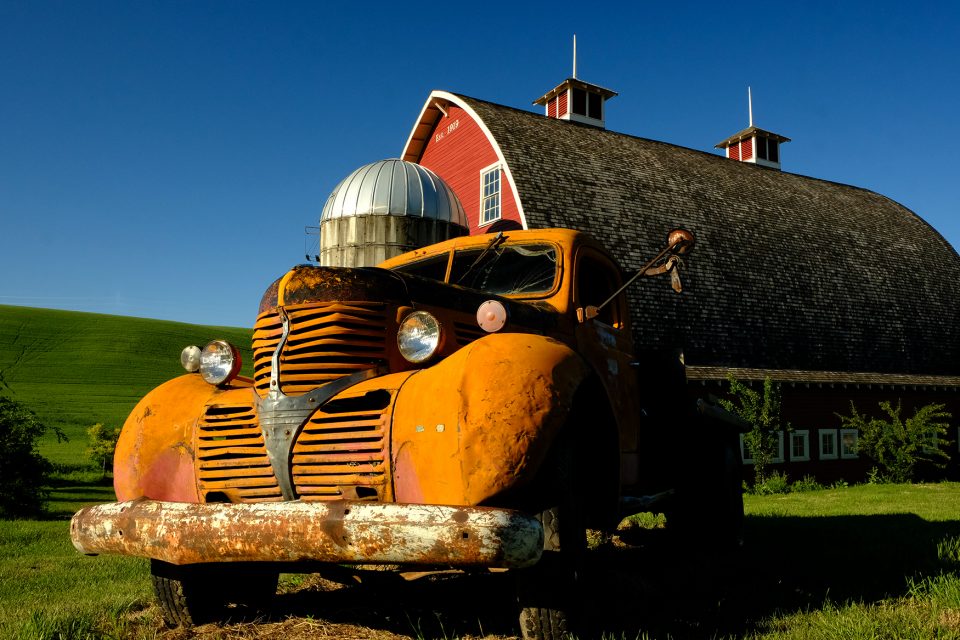
I rest my case!
Blessings,
the pilgrim
This entry was posted on Friday, June 21st, 2019 at 1:11 pm
You can follow any responses to this entry through the RSS 2.0 feed.



And with the X-T30 you’d have almost all of the capability of the X-T3 for even less weight and money!
Seriously, folks, Mr. Fortney has said this in one form or another for close to 15 years. And he’s right. I shot published work with a six-megapixel camera.
The evolution of camera technology isn’t necessarily in horsepower but in functionality. The transition to mirrorless cameras has been significant — for most shooters they can do all the good things SLRs can at a fraction of the size and weight. The late Chuck Westfall from Canon talked about the next technological frontier being reducing the size and weight of lenses. That’s a work in progress but it is underway. Yet, at its core, Bill was right then and now that “megapixels” isn’t the whole story.
And I can’t write this without thinking of Don Nelson calling them “mega pickels!”
Boy are you spot on, and heavens do I miss Don too!
Several years ago at one of your workshops, you introduced me to the Fuji X-system cameras and lenses. Since then I have fallen in love with them. They are fine cameras (I have two) and their lenses (I have four) are first class. Being on a budget, the newer “G” series cameras are out of my range. My latest Fuji (already a few years old) is the 24 MP X-T20. It is a great camera and combined with their 18 – 135mm lens serves about 90% of my photography needs. Sharp, clear, and does not take up all my computer memory when downloading photos. May want to add another lens in the future, but for now, I am really happy with the X series cameras and lenses.
Many folks have mirrored your thoughts! Thanks!
Happy Fourth of July, Bill.